Tag Archive for: Sheep and Goats

NCAT Webinar Series Addresses Advanced Grazing
Did you know that the most important livestock on your farm are the ones you never purchased and, in most cases, have rarely, if ever, seen? These livestock, along with plant roots, play an essential role in improving soil health, which is the foundation of any agricultural operation. But what is soil health and how does one go about improving it? The NCAT four-part webinar series Advanced Grazing for Regenerating Soils and Enhancing Animal Nutrition begins by addressing this question.
Justin Morris, NCAT Regenerative Grazing Specialist, and Lee Rinehart, NCAT Sustainable Agriculture Specialist
Justin Morris, NCAT Regenerative Grazing Specialist, and Lee Rinehart, NCAT Sustainable Agriculture Specialist
 NCAT
NCATAdvanced Grazing Series. Session 1: Grazing Dynamics, Soil Health, Aggregate Stability, and Water
In this video, the first session of NCAT's "Advanced Grazing…
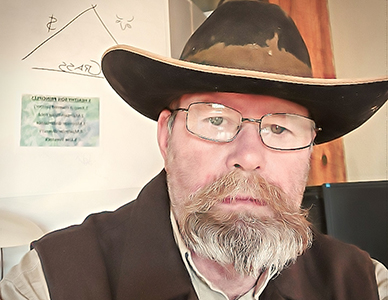
Reflections from a Shortgrass Prairie
Erik Tucker has been ranching in Southeast Colorado since his early 20s, and although he didn’t grow up on a ranch, he has long felt that the old way of ranching just wasn’t working. He likes to observe the sunshine, rain, and natural processes of the world that culminate in pastures and healthy cattle. He knows livestock didn’t always need so much handling, especially when bison freely roamed the area. He often thinks about those times and wonders if they can be recreated in their efficiency.
By Hernán Colmenero, Sustainable Food Consultant
By Hernán Colmenero, Sustainable Food Consultant
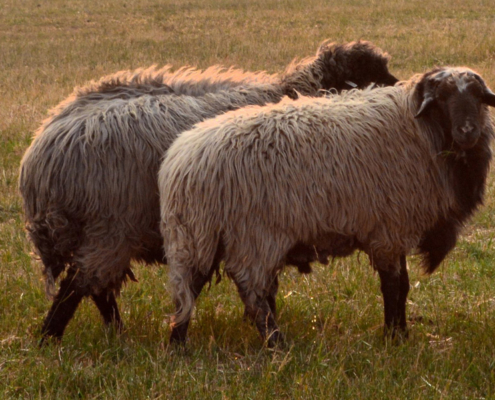
Episode 247. She’s Raising Sheep: Montana Shepherd Becky Weed
This episode of Voices from the Field continues ATTRA’s podcast series on women shepherds, “She’s Raising Sheep.” Becky Weed talks with NCAT Regenerative Grazing Specialist Linda Poole about the role of sheep in “farming as if nature matters.” Becky and her husband Dave Tyler run 80 crossbred long-wool ewes in Montana’s Gallatin Valley, at 13 Mile Lamb and Wool Company.
Linda Poole and Becky Weed
Linda Poole and Becky Weed
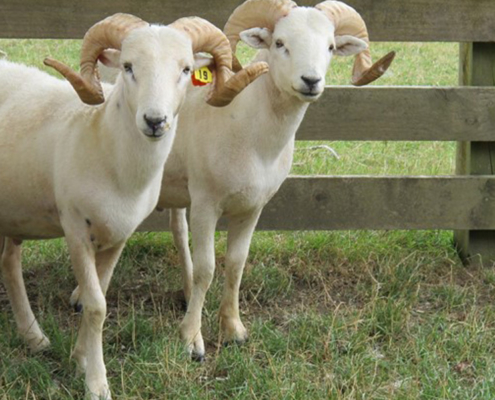
Episode 246. She’s Raising Sheep: New Zealand Shepherd Bev Trowbridge
This episode of Voices from the Field introduces us to New Zealand shepherd Bev Trowbridge. It’s the latest in ATTRA’s five-part series “She’s Raising Sheep.” Trained as an agroecologist in the United Kingdom, Bev has raised heritage sheep and small-frame cattle on New Zealand’s North Island for two decades. Bev tells NCAT Regenerative Grazing Specialist Linda Poole that “sheep are the best biostimulants you could have” to improve soil health, water quality, and biodiversity.
Bev Trowbridg and Linda Poole
Bev Trowbridg and Linda Poole
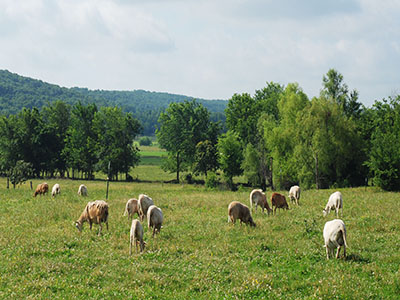
A Tale of Two Pastures: Pasture Response to Catastrophic Events
Did you know that pasture health and flying in an airplane are similar in some ways? If not, don’t worry; you’re not alone. A catastrophic event that happens in flight can resemble how a pasture responds following a catastrophe. Let us explain...
By Justin Morris and Linda Poole, NCAT Regenerative Grazing Specialists
By Justin Morris and Linda Poole, NCAT Regenerative Grazing Specialists

Episode 244. She’s Raising Sheep: Indiana’s Denice Rackley
This episode of Voices from the Field is the first in a five-part series about women raising sheep. The She’s Raising Sheep series features practical tips for starting and growing a profitable sheep business, plus we’ll have some laughs along the way.
Denice Rackley and Linda Poole
Denice Rackley and Linda Poole

Soil Health 101: Cover Crops and Water Infiltration
In this video, NCAT Sustainable Agriculture Specialist Felicia…
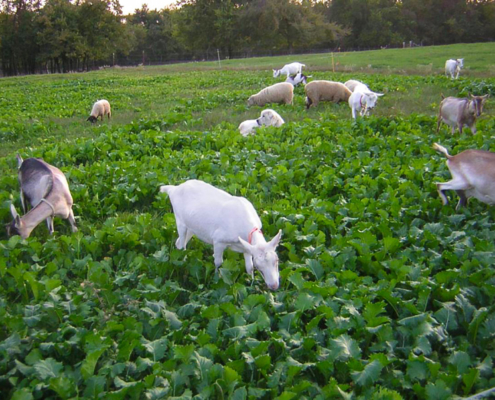
Soil Health 101: Grazing and Soil Health with Jody Reyer
In this video, Jody Reyer, owner and operator of Reyer Farms…

Grazing for Resilience: Bouncing Forward from Catastrophic Events
For many areas of the western United States and Canada, 2021 was one of the hottest and driest years in recorded history. With temperatures exceeding 110 degrees F and precipitation at one-third to one-half of what’s been the norm, these are unparalleled conditions that are catastrophic in their effect on the land, animals, and people. But what is to be done when nature dishes out severe weather events such as flooding, fire, or grasshoppers that eat every green leaf in sight? Is it possible to not just bounce back from such catastrophes but to bounce forward by rising to even greater resilience in the future? The answer is a resounding YES!
By Justin Morris and Linda Poole, Regenerative Grazing Specialists

